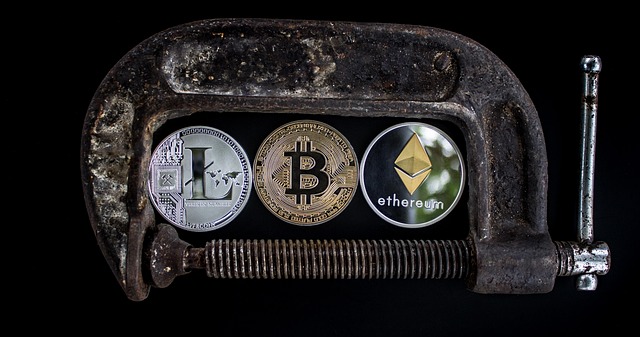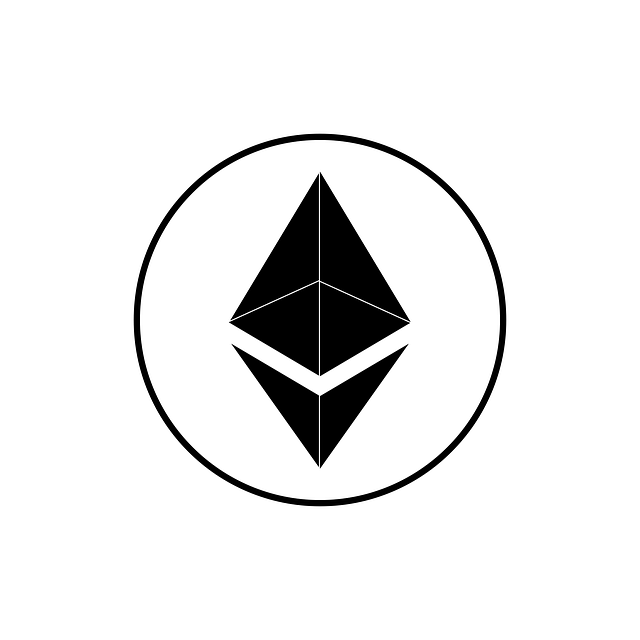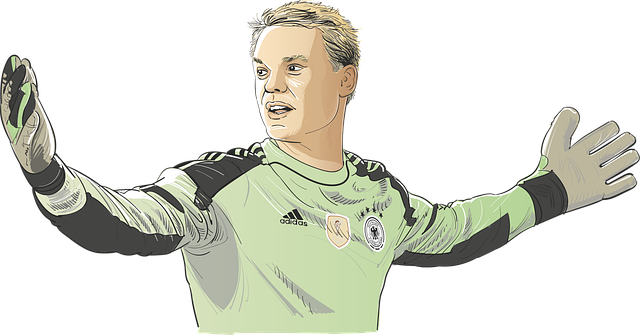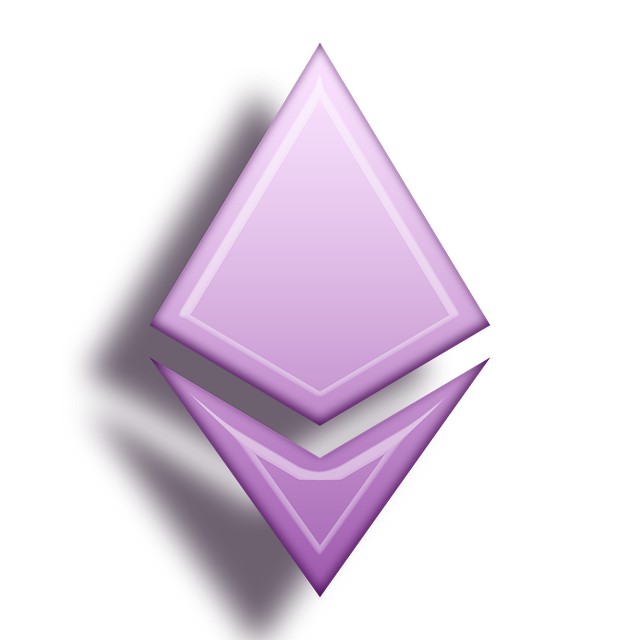
Ethereum, with its robust smart contract capabilities and active developer community, has become the leading platform for Non-Fungible Tokens (NFTs), driving innovation across multiple sectors. Its efficient transaction processing methods ensure scalability while maintaining security and transparency. The Ethereum ecosystem supports diverse NFT applications from gaming and digital identities to real estate, enabling virtual land ownership, in-game items, and secure digital signatures. Smart contracts facilitate transparent transactions, encouraging growth with new use cases like decentralized applications (dApps) for tokenization and fractional ownership. Ethereum's open-source nature fosters continuous development, solidifying its position as a pioneer in the NFT domain.
“The Ethereum network is poised to redefine digital ownership with Non-Fungible Tokens (NFTs), becoming the backbone of a revolutionary market. This article delves into the future of NFTs on Ethereum, exploring its unique advantages that drive the current revolution. We examine market trends revealing how NFTs are diversifying beyond art to include gaming, fashion, and digital identity. By understanding Ethereum’s role and emerging use cases, we gain insight into the vast potential of this technology.”
- Ethereum as the Backbone of NFT Revolution: Exploring Its Unique Advantages
- Market Trends: Unlocking Value and Diversifying Beyond Art
- Emerging Use Cases: NFTs in Gaming, Fashion, and Digital Identity
Ethereum as the Backbone of NFT Revolution: Exploring Its Unique Advantages
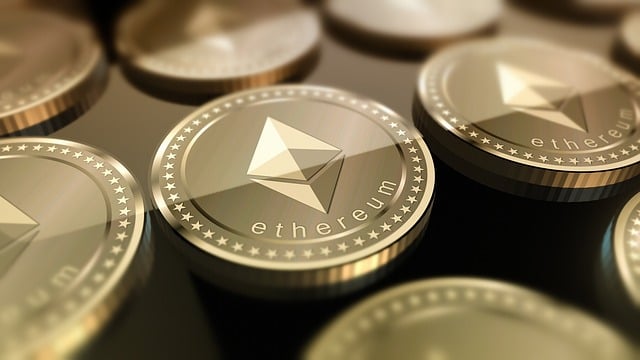
Ethereum has emerged as the backbone of the NFT revolution, offering a decentralized platform that enables artists and creators to mint, own, and trade digital assets securely. Its unique advantages, such as smart contracts and a robust developer community, have facilitated the creation of diverse NFT use cases across various industries. The network’s ability to process transactions quickly and cost-effectively, through mechanisms like proof-of-work or upcoming proof-of-stake, ensures that the NFT ecosystem can scale while maintaining security and transparency.
Furthermore, Ethereum’s open-source nature encourages innovation, with developers constantly exploring new ways to enhance NFT functionality and create standardized protocols. This has led to the development of decentralized applications (dApps) that allow for peer-to-peer trading, marketplace creation, and unique digital experiences, further solidifying Ethereum’s position as a leader in the NFT space.
Market Trends: Unlocking Value and Diversifying Beyond Art

The market for NFTs on Ethereum is experiencing a significant shift as investors and creators alike unlock the full potential of this innovative technology beyond mere art collections. One notable trend is the diversification into various sectors, such as gaming, real estate, and even digital identities. As Ethereum’s scalability and efficiency improve, these digital assets are finding practical applications that go beyond aesthetic value. For instance, NFTs can now represent ownership in virtual land within metaverse platforms, rare in-game items, or unique digital signatures, revolutionizing online interactions with enhanced security and proof of ownership.
This evolution is driving market growth as new use cases emerge. The Ethereum ecosystem’s ability to facilitate secure, transparent, and interoperable transactions through smart contracts enables a wide range of opportunities. Developers are creating decentralized applications (dApps) that leverage NFTs for tokenization, fractional ownership, and dynamic digital experiences. These trends suggest that the future of NFTs on Ethereum holds immense potential to reshape various industries, offering new ways to create, trade, and interact with digital assets in a trustless environment.
Emerging Use Cases: NFTs in Gaming, Fashion, and Digital Identity
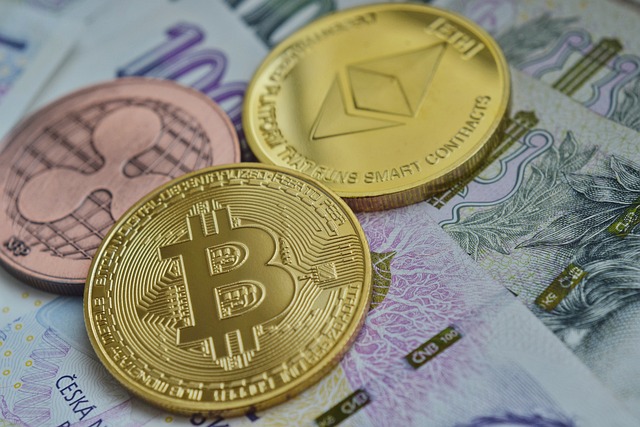
The versatility of Non-Fungible Tokens (NFTs) has sparked innovation across various sectors, with Ethereum at the forefront facilitating these groundbreaking applications. One notable area is gaming, where NFTs are revolutionizing in-game assets and ownership dynamics. Players can now own unique digital items, trade them on open markets, and even use them as collateral for loans, fostering a new economy within games.
Beyond gaming, fashion designers and brands are exploring NFTs to tokenize their creations, offering collectors ownership of limited-edition digital garments and accessories. This opens up opportunities for authenticating luxury goods, preventing counterfeits, and creating interactive experiences around fashion. Additionally, NFTs have the potential to transform digital identity management by providing secure, decentralized ways to prove ownership and authenticity, with implications for both online and offline interactions.
As we’ve explored, Ethereum is poised to continue leading the NFT revolution with its robust infrastructure and innovative applications. Market trends indicate a growing value proposition beyond art, while emerging use cases in gaming, fashion, and digital identity underscore the technology’s transformative potential. With NFTs, Ethereum is redefining ownership and unlocking new creative frontiers, promising an exciting future for both developers and collectors alike.

